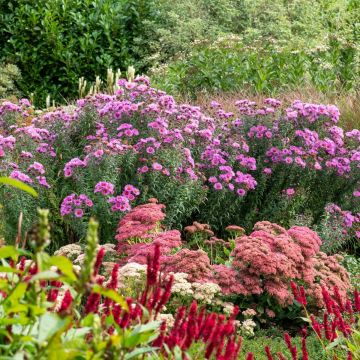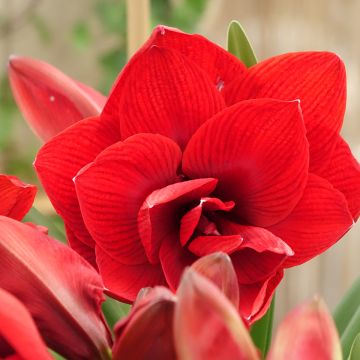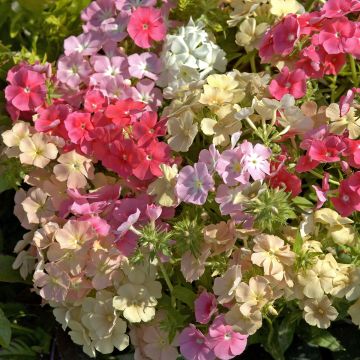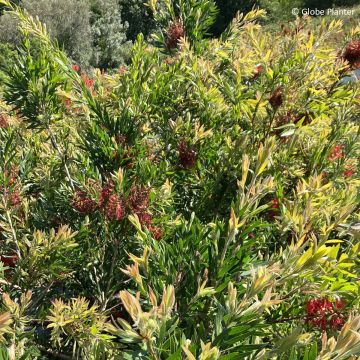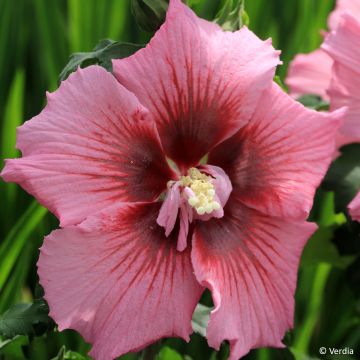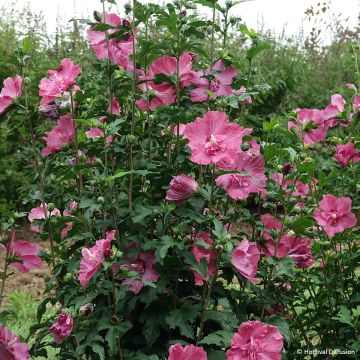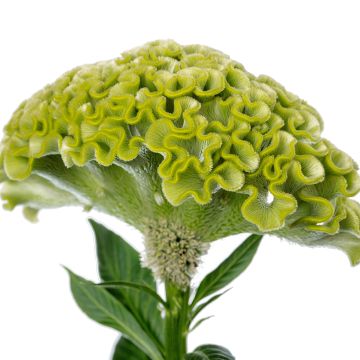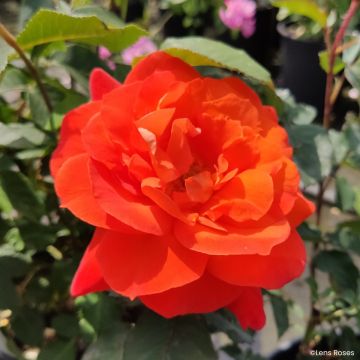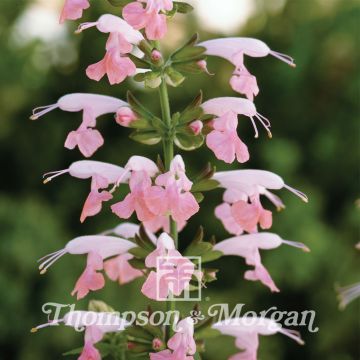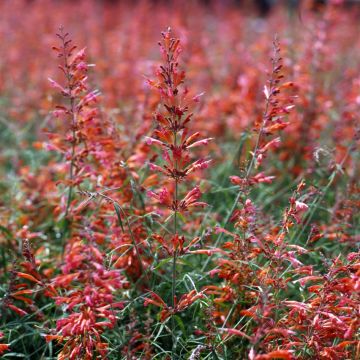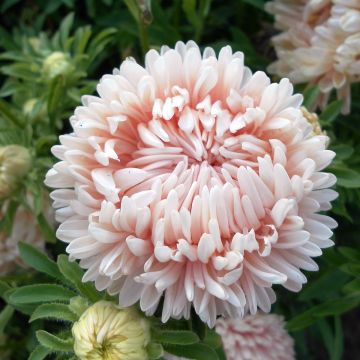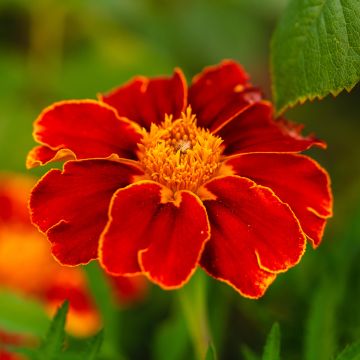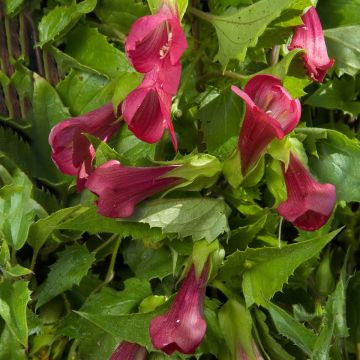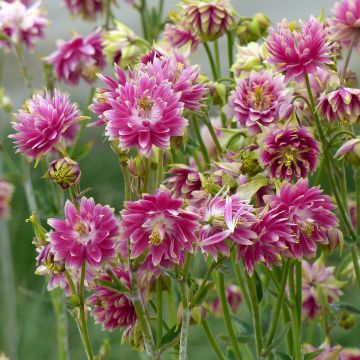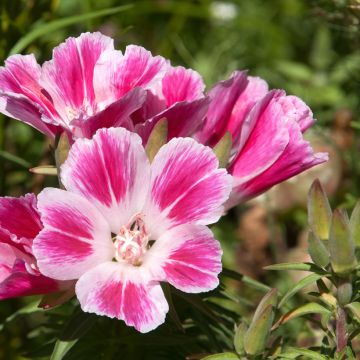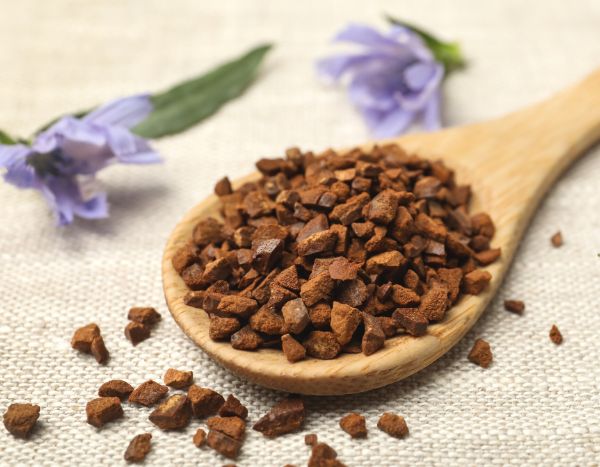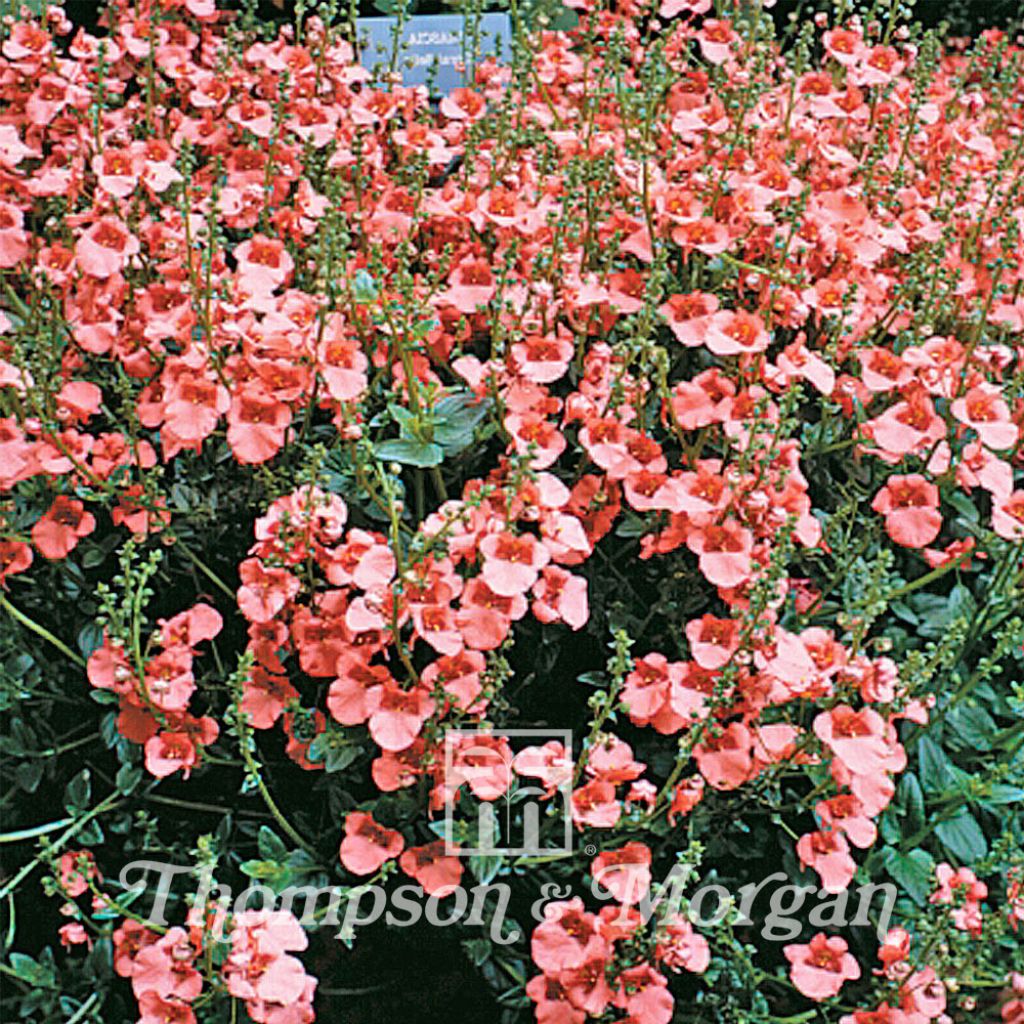

Diascia barberae Apricot Queen - Twinspur
Diascia barberae Apricot Queen - Twinspur
Diascia barberae Apricot Queen
Twinspur
Nothing has emerged from the ground. Yet, I had already planted a Diascia in my flowerbeds that had lived up to all its promises. Long flowering, abundant coral-orange blooms all summer, two years ago.
Patricia, 23/09/2022
Special offer!
Receive a €20 voucher for any order over €90 (excluding delivery costs, credit notes, and plastic-free options)!
1- Add your favorite plants to your cart.
2- Once you have reached €90, confirm your order (you can even choose the delivery date!).
3- As soon as your order is shipped, you will receive an email containing your voucher code, valid for 3 months (90 days).
Your voucher is unique and can only be used once, for any order with a minimum value of €20, excluding delivery costs.
Can be combined with other current offers, non-divisible and non-refundable.
Why not try an alternative variety in stock?
View all →This plant carries a 6 months recovery warranty
More information
We guarantee the quality of our plants for a full growing cycle, and will replace at our expense any plant that fails to recover under normal climatic and planting conditions.
Would this plant suit my garden?
Set up your Plantfit profile →
Description
Diascia barberae or Twinspur 'Apricot Queen' is a small, tender perennial native to South Africa. Often treated as an annual in colder climates, this sun-loving plant thrives in well-drained soil. From spring until the first frosts, a profusion of spurred, apricot pink blooms appears over dark green heart-shaped leaves. Popular for hanging baskets and tubs, it is also very attractive in rock gardens, low borders, or tumbling over retaining walls.
Diascia barberae 'Apricot Queen', commonly known as Twinspur, belongs to the Scrophulariaceae family. It is a cultivar of Diascia barberae, native to Southern Africa, Lesotho and KwaZulu-Natal. The plants have a spreading habit, forming a small mound that measures about 30cm wide and tall. Flowering starts in spring and lasts until the first frosts. The 1cm, apricot pink to salmon pink flowers appear in clusters, with two downward-facing spurs. The foliage is deciduous to semi-evergreen depending on the climate; it is made up of small, shiny, heart-shaped, dark green leaves (2cm long).
Diascia 'Apricot Queen' can be grown in the ornamental garden or in pots, on its own or mixed with other low-growing species such as Lithodora, Alyssum and rock cress. It looks lovely in a variety of settings: beds, borders, as ground cover, in rock gardens, containers, or growing between the cracks in walls and paving stones. In hanging baskets, it combines well with pelargoniums and lobelias.
Report an error about the product description
Flowering
Foliage
Plant habit
Botanical data
Diascia
barberae
Apricot Queen
Scophulariaceae
Twinspur
Cultivar or hybrid
Other Thompson and Morgan seeds
View all →Planting and care
Sow Diascia seeds from late winter to spring at 15-18°C. Bury the seeds 1.5mm deep in sowing mix. Germination usually takes 14-21 days.
As soon as the seedlings are large enough to be handled, transplant them into individual pots. When they reach 5cm in height, transplant them again, and then one last time when the side shoots measure about 5cm. Gradually harden the off for 10-15 days before planting out, after all risk of frosts is over. Choose a very sunny spot in ordinary, well-drained soil. Space the plants 15cm apart.
Plant Diascia barberae in fertile, cool to occasionally dry, moist soil with perfect winter drainage as it dreads stagnant wtaer during the winter months. In warmer climates, the plants may suffer from afternoon sun and dry soil. For bushier plants, pinch out the top shoots and prune back the stems after flowering. Diascia is hardy down to about -8°C in perfectly drained soil. In colder climates, we recommend overwintering your Diascia plants in a greenhouse or unheated veranda.
Sowing period
Intended location
Planting & care advice
-
, onOrder confirmed
Reply from on Promesse de fleurs
Haven't found what you were looking for?
Hardiness is the lowest winter temperature a plant can endure without suffering serious damage or even dying. However, hardiness is affected by location (a sheltered area, such as a patio), protection (winter cover) and soil type (hardiness is improved by well-drained soil).

Photo Sharing Terms & Conditions
In order to encourage gardeners to interact and share their experiences, Promesse de fleurs offers various media enabling content to be uploaded onto its Site - in particular via the ‘Photo sharing’ module.
The User agrees to refrain from:
- Posting any content that is illegal, prejudicial, insulting, racist, inciteful to hatred, revisionist, contrary to public decency, that infringes on privacy or on the privacy rights of third parties, in particular the publicity rights of persons and goods, intellectual property rights, or the right to privacy.
- Submitting content on behalf of a third party;
- Impersonate the identity of a third party and/or publish any personal information about a third party;
In general, the User undertakes to refrain from any unethical behaviour.
All Content (in particular text, comments, files, images, photos, videos, creative works, etc.), which may be subject to property or intellectual property rights, image or other private rights, shall remain the property of the User, subject to the limited rights granted by the terms of the licence granted by Promesse de fleurs as stated below. Users are at liberty to publish or not to publish such Content on the Site, notably via the ‘Photo Sharing’ facility, and accept that this Content shall be made public and freely accessible, notably on the Internet.
Users further acknowledge, undertake to have ,and guarantee that they hold all necessary rights and permissions to publish such material on the Site, in particular with regard to the legislation in force pertaining to any privacy, property, intellectual property, image, or contractual rights, or rights of any other nature. By publishing such Content on the Site, Users acknowledge accepting full liability as publishers of the Content within the meaning of the law, and grant Promesse de fleurs, free of charge, an inclusive, worldwide licence for the said Content for the entire duration of its publication, including all reproduction, representation, up/downloading, displaying, performing, transmission, and storage rights.
Users also grant permission for their name to be linked to the Content and accept that this link may not always be made available.
By engaging in posting material, Users consent to their Content becoming automatically accessible on the Internet, in particular on other sites and/or blogs and/or web pages of the Promesse de fleurs site, including in particular social pages and the Promesse de fleurs catalogue.
Users may secure the removal of entrusted content free of charge by issuing a simple request via our contact form.
The flowering period indicated on our website applies to countries and regions located in USDA zone 8 (France, the United Kingdom, Ireland, the Netherlands, etc.)
It will vary according to where you live:
- In zones 9 to 10 (Italy, Spain, Greece, etc.), flowering will occur about 2 to 4 weeks earlier.
- In zones 6 to 7 (Germany, Poland, Slovenia, and lower mountainous regions), flowering will be delayed by 2 to 3 weeks.
- In zone 5 (Central Europe, Scandinavia), blooming will be delayed by 3 to 5 weeks.
In temperate climates, pruning of spring-flowering shrubs (forsythia, spireas, etc.) should be done just after flowering.
Pruning of summer-flowering shrubs (Indian Lilac, Perovskia, etc.) can be done in winter or spring.
In cold regions as well as with frost-sensitive plants, avoid pruning too early when severe frosts may still occur.
The planting period indicated on our website applies to countries and regions located in USDA zone 8 (France, United Kingdom, Ireland, Netherlands).
It will vary according to where you live:
- In Mediterranean zones (Marseille, Madrid, Milan, etc.), autumn and winter are the best planting periods.
- In continental zones (Strasbourg, Munich, Vienna, etc.), delay planting by 2 to 3 weeks in spring and bring it forward by 2 to 4 weeks in autumn.
- In mountainous regions (the Alps, Pyrenees, Carpathians, etc.), it is best to plant in late spring (May-June) or late summer (August-September).
The harvesting period indicated on our website applies to countries and regions in USDA zone 8 (France, England, Ireland, the Netherlands).
In colder areas (Scandinavia, Poland, Austria...) fruit and vegetable harvests are likely to be delayed by 3-4 weeks.
In warmer areas (Italy, Spain, Greece, etc.), harvesting will probably take place earlier, depending on weather conditions.
The sowing periods indicated on our website apply to countries and regions within USDA Zone 8 (France, UK, Ireland, Netherlands).
In colder areas (Scandinavia, Poland, Austria...), delay any outdoor sowing by 3-4 weeks, or sow under glass.
In warmer climes (Italy, Spain, Greece, etc.), bring outdoor sowing forward by a few weeks.






























